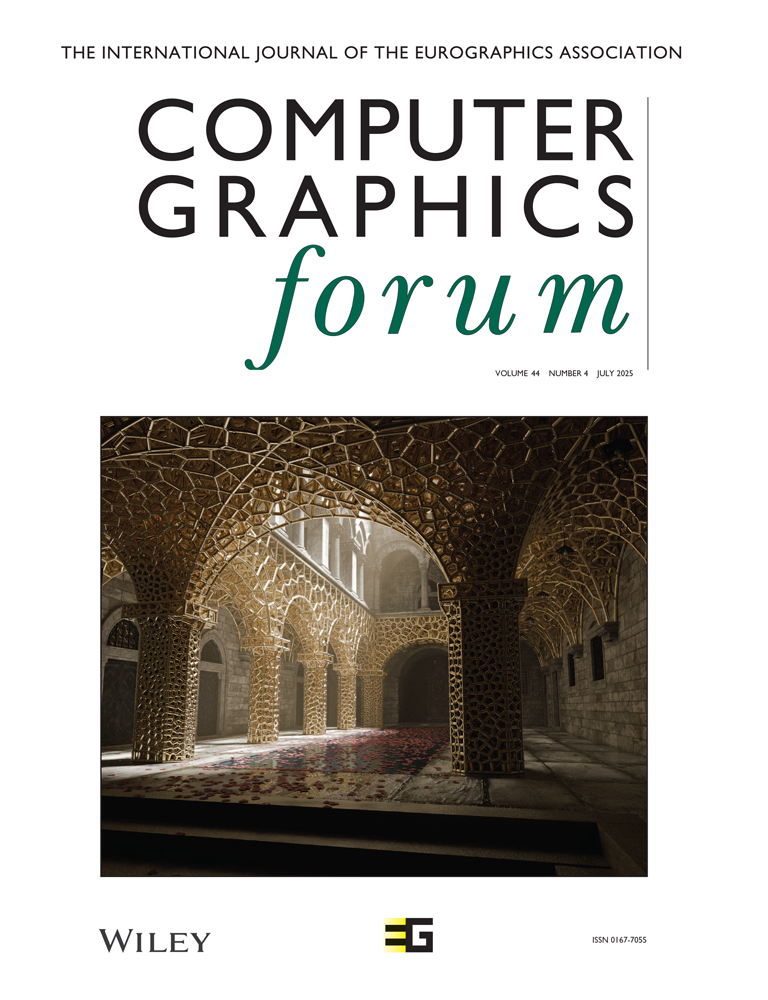Animation of Biological Organ Growth Based on L-systems
Abstract
In contrast with the growth of plants and trees, human organs can undergo significant changes in shape through a variety of global transformations during the growth period, such as bending or twisting. In our approach, the topology of a human organ is represented by a skeleton in the form of a tree or cycled graph. The length of skeleton growth can be simulated by an algebraic L-system that also produces discrete events. The paper shows how to include global transformations into the formalism of L-systems to obtain a continuous process. The shape of the organ is approximated by a number of ellipsoidal clusters centred at points on the skeleton. The proposed growth model of the organ continually responds to the positional changes of surrounding organs, thereby changing the organ shape locally. In our study, the stomach of a human embryo is used for the demonstration of organ development, and the methodology employed is also applicable to the animation of animal organs and their development.




